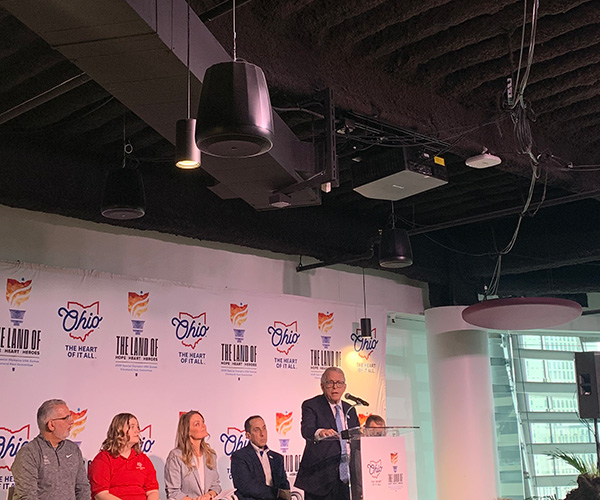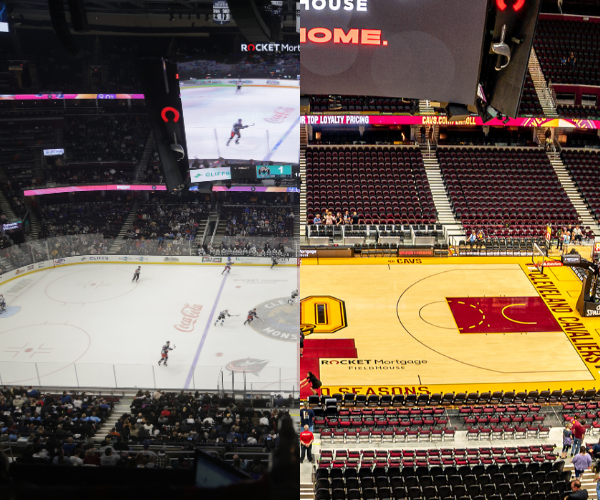Jeter's a prince of a guy, but $20 million? For one season?
It's not baseball's fault. Julia Roberts gets $20 million, too per film. This is apparently how much we value entertainment. But professionally, base
This year, Dolan wants you to shiver deep into October, and he's put some money behind that, increasing the payroll to about $70 million.
But is that enough? How much does it really take to be competitive?
Competitive is relative: The Florida Marlins were more than competitive at 78-84 last year, considering they had the lowest payroll in Major League Baseball at just more than $14 million. (The second-lowest was more than twice as much at $35 million, and for that, Tampa Bay had the majors' worst record at 61-101.) On the other end of that spectrum, George Steinbrenner spent nearly $200 million for his Yankees to go 97-65, the same record the across-the-river Mets got for about half as much. Neither made the World Series.
Dolan's $70 million could go a long way this year, principally because he has GM Mark Shapiro doing the spending. Shapiro has done a Herculean job fielding competitive teams with what Dolan's given him. He knows it's not how much you spend, it's how you spend it. Case in point: The Minnesota Twins' two Silver Sluggers, catcher Joe Mauer and first baseman Justin Morneau, made $785,000 last season combined. Morneau was the AL's Most Valuable Player. Bos
Morneau and Mauer won't always come so cheaply. Mauer recently signed a 4-year, $33-million contact to stay with the Twins. It's a relative bargain for a 23-year-old league batting champ.
Dolan's Tribe has plenty of talent. Coaching counts, too, and Eric Wedge and his staff seem to be the right fit here.
The Indians can be competitive on $70 million last year's World Series participants had payrolls of $82 million and $88 million. But will they be? I'm betting yes, because I like the nucleus of young, hungry position players such as Grady Sizemore and Travis Hafner, the infusion of more talented youth like Josh Barfield, and a pitching staff led by big lefty C.C. Sabathia.
More money doesn't buy everything you need. For the average salary of last year's best hitters (Silver Sluggers) and fielders (Gold Gloves) at each position, plus the best starting pitcher (Cy Young winner) and reliever (Rolaids Relief Man), you could have the ultimate starting lineup for $83.3 million. But that's only 12 players, which accounts for only half of a 25-man active roster.
But that half of your roster also brings with it the major-league headache of dealing with all those overpaid egos. Talent isn't everything, and neither is salary. Chemistry counts for a lot, as does staying healthy.
Competitive desire from youngsters not yet jaded by the business and veterans still chasing the game's Holy Grail is priceless. Cleveland has a good mix of both. Whether it really adds up to something more than $70 million, enough to win a pennant against much larger payrolls, we'll have to wait and see.

.jpg?sfvrsn=d67cfd8c_1&w=640&auto=compress%2cformat)

